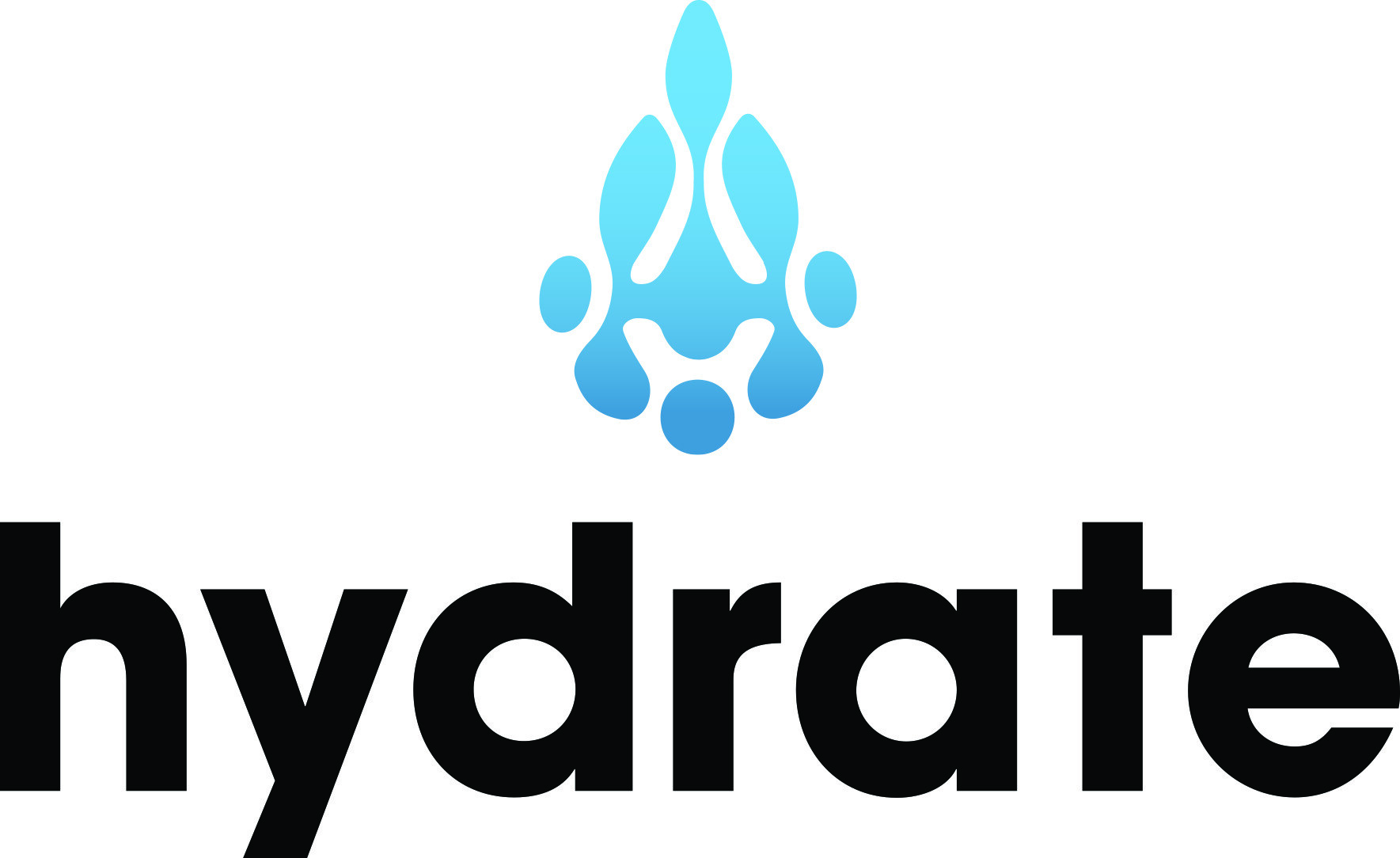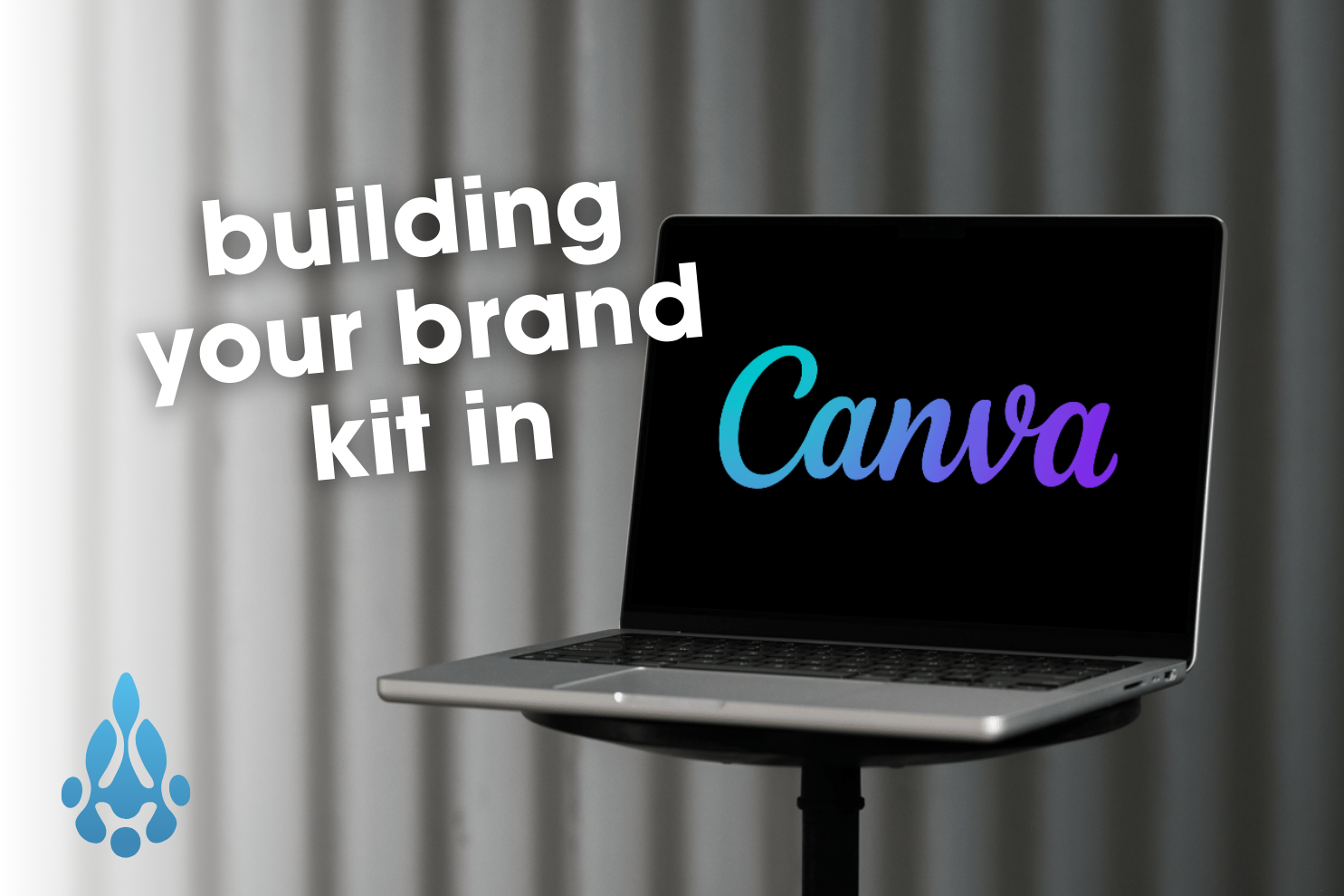The first time the Hydrate team built and used a Custom GPT, it felt like unlocking a cheat code. We prompted it, and it output brand-aligned strategy ideas, content suggestions, and messaging that actually sounded like us. Not generic. Not robotic. Just… right. In this blog, we explain how we achieved these results and how you can too.
Just like building a house requires a blueprint, great visual design starts with a plan, and a strong brief gives your designer everything they need to bring your vision to life. Clear design instruction reduces back‑and‑forth, keeps budgets happy, and ensures a result that actually meets your goals! Keep reading to learn how, plus download a handy checklist at the end of this blog.
Trust and authenticity are more valuable than ever. While big influencers receive much of the attention, it's the smaller voices—the nano-influencers—that are often driving real conversations and engagement. Partnering with nano-influencers can be a game-changer for businesses of all sizes. Keep reading to learn how to make these collaborations truly effective.
If you read our last blog on how to reach the right people at the right time with geofencing, you already know that geofencing is a game-changer for targeting users based on their real-world location. But that was just the beginning. Today, we’re diving deeper into how to make your geofencing campaigns even more impactful—specifically, by using advanced tactics and layering in remarketing to stay top of mind.
How many times have you heard this phrase? “There are three things that make a restaurant successful: location, location, and location.” It’s hard to say whether this is true or simply anecdotal, but there’s no question that a good location at least contributes to the success of a restaurant, or most any other brick and mortar business. For one thing, a good location is an easy ticket to raising awareness.
If you’ve been using Google Analytics for years, you might have felt somewhat lost when Google Analytics 4 (GA4) replaced Universal Analytics (UA). While GA4 offers powerful new capabilities, it also has a learning curve. So, what’s changed, and how does it impact your ability to track and measure your marketing success? Let’s break it down.
The topic of artificial intelligence (AI) is inescapable. As a marketer, I hear about new AI-powered tools or related platform updates almost weekly. A while back, the pressure to learn what the hubbub was about finally got to me. After all, some alarmists were saying robots might be coming for my job!
Canva can be a great tool for creating quick and repeatable designs for your business or organization. One feature we love is the “Brand Kit.” It allows you to easily access all your brand assets for effortless visual consistency across various applications. Keep reading to learn how to set yours up!















